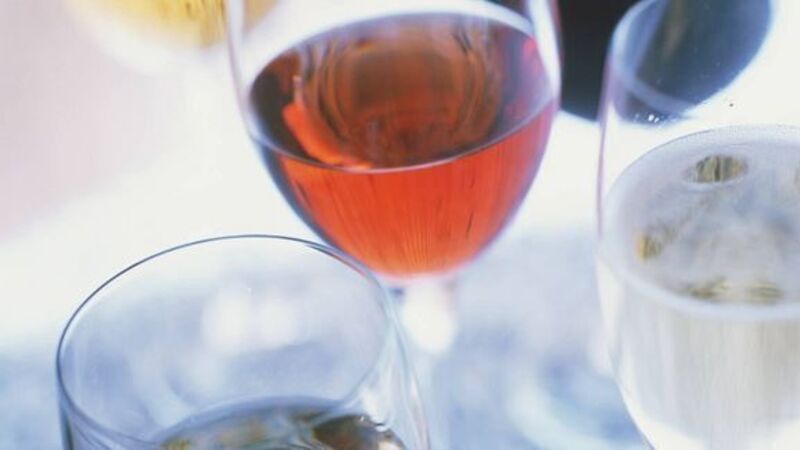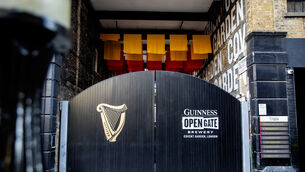Fake French wine rampant in China

It’s white, with a label proclaiming it is from the vineyards of Romanée- Conti, the bottle bearing the logo that is on bottles of Château Lafite-Rothschild, and declares its origin as Montpellier, France.
Domaine de la Romanée- Conti, better known for highly prized and highly priced vintages from France’s Burgundy region, makes only a tiny amount of white wine, labelled Montrachet. It has nothing to do with the equally prestigious Lafite — from the Bordeaux region — and neither brand is produced anywhere near Montpellier.
“It’s the most magnificent example of a hijacked brand of wine I’ve ever seen,” says Paumard, who works with Chateau Hansen in China’s Inner Mongolia. “It doesn’t get better than that.”
Off licences, restaurants, and supermarkets in China, the world’s fifth-largest wine consumer, wage a constant battle against fake wines.
The amount of knock-offs on the market may increase as Beijing investigates wine imports from the EU, threatening anti-dumping tariffs or import curbs.
It announced the probe after the EU slapped anti- dumping duties on Chinese solar panels.
“More expensive wine is OK, I just don’t want any fakes,” said Helen Nie, a Beijing housewife sharing a bottle of the Italian house white at a restaurant with a friend. “If the cost goes up I’d still buy wine, though some people wouldn’t — the price makes a difference. But the quality is important; it’s a health question.”
EU wine exports to China reached 257.3m litres in 2012 for a value of nearly €750m, more than a ten- fold increase since 2006.
Nobody knows how much of the market is cornered by fakes and copycats, says Jim Boyce, who follows China’s wine industry on his blog, grapewallofchina.com.
“Things that are faked tend to be things that are very popular,” he said.
















